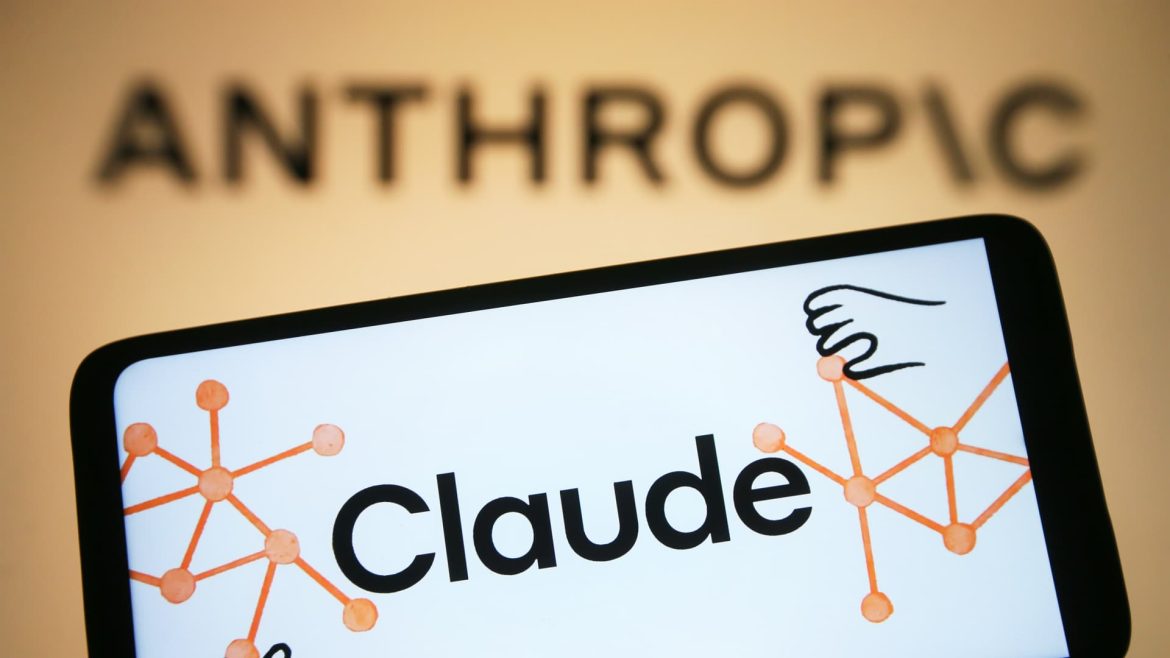Amazon-Backed Anthropic’s Pioneering Advances in AI: A Deep Dive into Claude Models and Industry Impact
Anthropic, an AI startup supported by industry heavyweights Amazon and Google, is rapidly cementing a reputation for pushing the boundaries of artificial intelligence. Emerging from the shadows of its founders’ OpenAI legacy, Anthropic has steadily introduced a series of increasingly capable AI models under the “Claude” brand. This analysis explores Anthropic’s evolution, the breakthroughs embodied in its latest Claude models, key technological features, the startup’s strategic positioning in a competitive market, and implications for the future of AI-powered work.
The Rise of Anthropic and the Claude AI Models
Founded by former OpenAI research executives, Anthropic has positioned itself as a formidable rival in the generative AI space. The company’s partnership with Amazon and Google underscores the high stakes and confidence in its potential. Since its public introduction of Claude in March 2023, Anthropic has released successive iterations—Claude 3, Claude 3.5, and most recently Claude 4—each iteration improving on speed, power, reasoning ability, and task endurance.
Key Milestones in Claude’s Development
– Claude 3 (Debuted March 2024): Marked as Anthropic’s fastest and most powerful chatbot at the time, it was designed to support live customer interactions, auto-completions, and data extraction where timely, precise responses are critical.
– Claude 3.5 Sonnet (Mid 2024): An upgraded version incorporating improved “computer use” capabilities, allowing the AI to interpret computer screens, select buttons, enter text, navigate websites, and execute multi-step tasks autonomously. This release pushed forward Anthropic’s vision of AI agents able to handle more complex functions beyond mere text generation.
– Claude 4 (Launched early 2025): Highlighted as the company’s most powerful and longest-endurance model, touted to operate continuously for nearly seven hours, mirroring the length of a human workday. This capability is a breakthrough in enabling AI to perform sustained task completion without degradation in performance.
Innovations in Functionality and Architectural Design
Anthropic’s Claude models distinguish themselves through several technological innovations that align with current demands for AI that acts as both an assistant and an autonomous agent.
Hybrid Reasoning Model
Anthropic introduced a “hybrid model” architecture in Claude 3.7 Sonnet, combining multiple reasoning methods to solve complex problems more effectively. This approach integrates classical language modeling with advanced reasoning layers, enhancing the AI’s ability to maintain logical coherence over multiple steps and navigate challenges requiring deeper understanding.
Extended Task Continuity
Claude 4’s ability to work for nearly seven consecutive hours signifies a shift toward AI models capable of sustaining productivity akin to human work shifts. This is particularly valuable in domains such as coding, data analysis, and administrative automation, where continuity and consistency over extended periods dramatically boost operational efficiency.
Enhanced Multi-Modal Abilities
Beyond text, Claude models have expanded their abilities to process images, read, edit code, and run tests. For instance, the Claude Code model is crafted to understand and manipulate source code, supporting software development tasks with precision, reflecting Anthropic’s focus on AI that excels in coding.
Accessibility and Integration
Anthropic’s models are available through multiple platforms including its own API, Amazon’s Bedrock, and Google Cloud’s Vertex AI. This multi-platform availability underlines the company’s strategy to embed Claude’s capabilities broadly, facilitating enterprise adoption and integration into existing workflows.
Strategic Positioning and Market Impact
Amazon has been Anthropic’s largest investor, contributing billions in funding and opening up access to Anthropic’s most advanced models via Amazon Bedrock. This relationship positions Anthropic not only as a competitor to OpenAI but as a key enabler of AI services powering Amazon’s ecosystems, including new advanced Alexa features driven by Claude’s reasoning capabilities.
Anthropic’s valuation nearing $61.5 billion reflects strong market confidence, buoyed by rapid adoption in enterprise settings. Their focus on building AI agents capable of handling complex, sustained tasks differentiates them from many generative AI contemporaries who prioritize conversational capabilities alone.
Competition and Differentiation
While OpenAI, Microsoft, Google, and other AI players race to improve large language models with broader capabilities, Anthropic is carving a niche emphasizing safety, steerability, and task endurance. The “steerability” aspect—allowing users to precisely guide AI behavior—addresses rising concerns around AI reliability and ethical use.
Practical Implications and Future Outlook
Revolutionizing Workflows
Anthropic’s advancements open new frontiers for AI as a continuous, reliable contributor to professional environments. From sustained coding sessions to complex customer interactions that require multi-step reasoning, Claude models are designed to operate like dedicated human collaborators who don’t tire or lose focus.
Potential Challenges
Despite breakthroughs, challenges remain, such as managing computational costs (with different pricing tiers for Opus and Sonnet models), ensuring transparency in decision-making processes, and maintaining control over autonomous agents acting within sensitive digital environments.
Long-Term Vision
Anthropic’s trajectory suggests an ambition to develop AI assistants that interact seamlessly with computers, software, and digital infrastructure, effectively bridging the gap between passive text generation and active task execution. This promises to redefine human-machine collaboration by creating AIs that “think,” “reason,” and “act” within digital spaces autonomously.
Conclusion: Anthropic’s Claude as a New Paradigm in AI Development
Anthropic’s journey from Claude 3 to Claude 4 encapsulates a relentless pursuit of supercharging AI with endurance, multi-step reasoning, and practical utility in real-world workflows. Backed by Amazon and Google, Anthropic has transitioned from an emerging startup to a major player shaping the future of artificial intelligence applications. By focusing on AI models that combine power, longevity, and multi-modal capabilities, Anthropic is not just competing but innovating to redefine what AI can achieve in enterprise and beyond.
As Claude’s capabilities expand—enabling lengthy task performance, autonomous computer interaction, and sophisticated problem-solving—Anthropic is setting a precedent for AI systems that can function as tireless partners in the digital era. The implication is a future workspace where AI seamlessly complements human expertise, emboldening efficiency and unlocking new potentials across industries.





